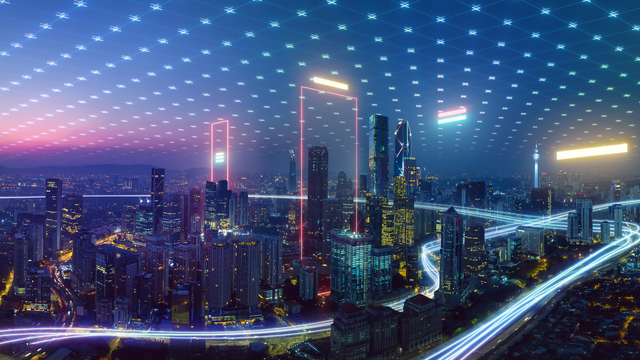Key Considerations to Implement Resilient Energy Solutions for Future-Ready Data Centers

According to the US Department of Energy, commercial buildings consume 35% of electricity and generate 16% of all carbon dioxide emissions. On average, 30% of the energy used in commercial buildings is wasted due to system inefficiencies. Given the rapidly growing number of data centers, the infusion of resilient energy solutions would radiate positive impacts worldwide. In some regions, energy demands of data centers may exceed current and future grid capacities. When data centers can no longer rely solely on the traditional power grid, they must seek creative solutions.
To meet the energy demands of your data center
Contact Us
Contact Us
Looking for a partner in innovation?
Let's Talk
